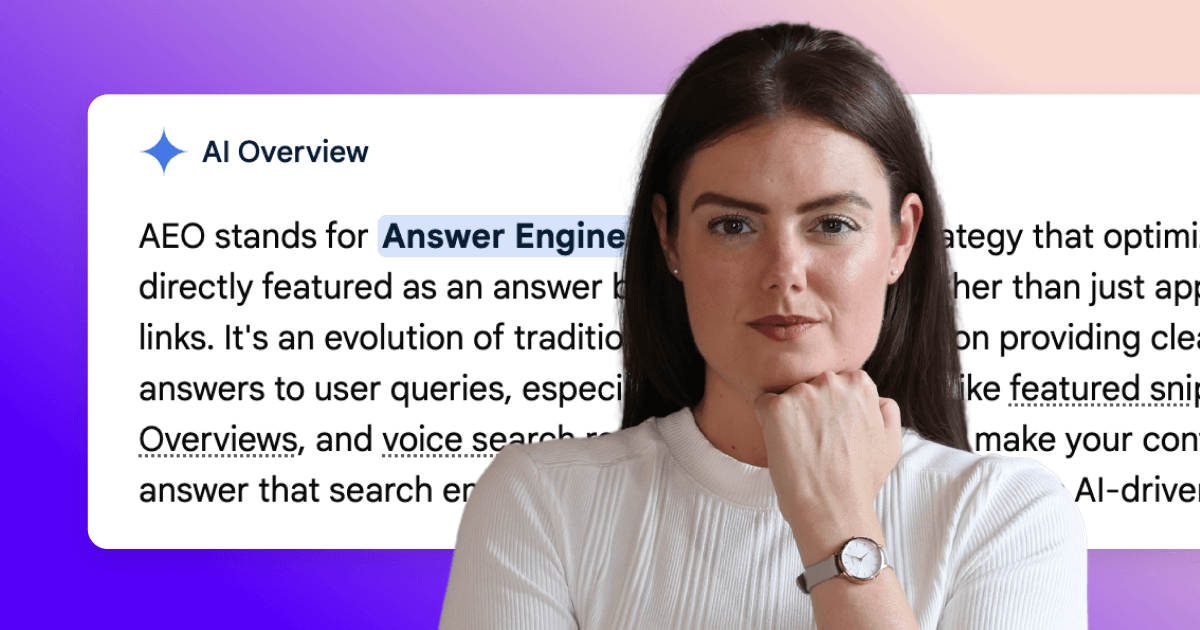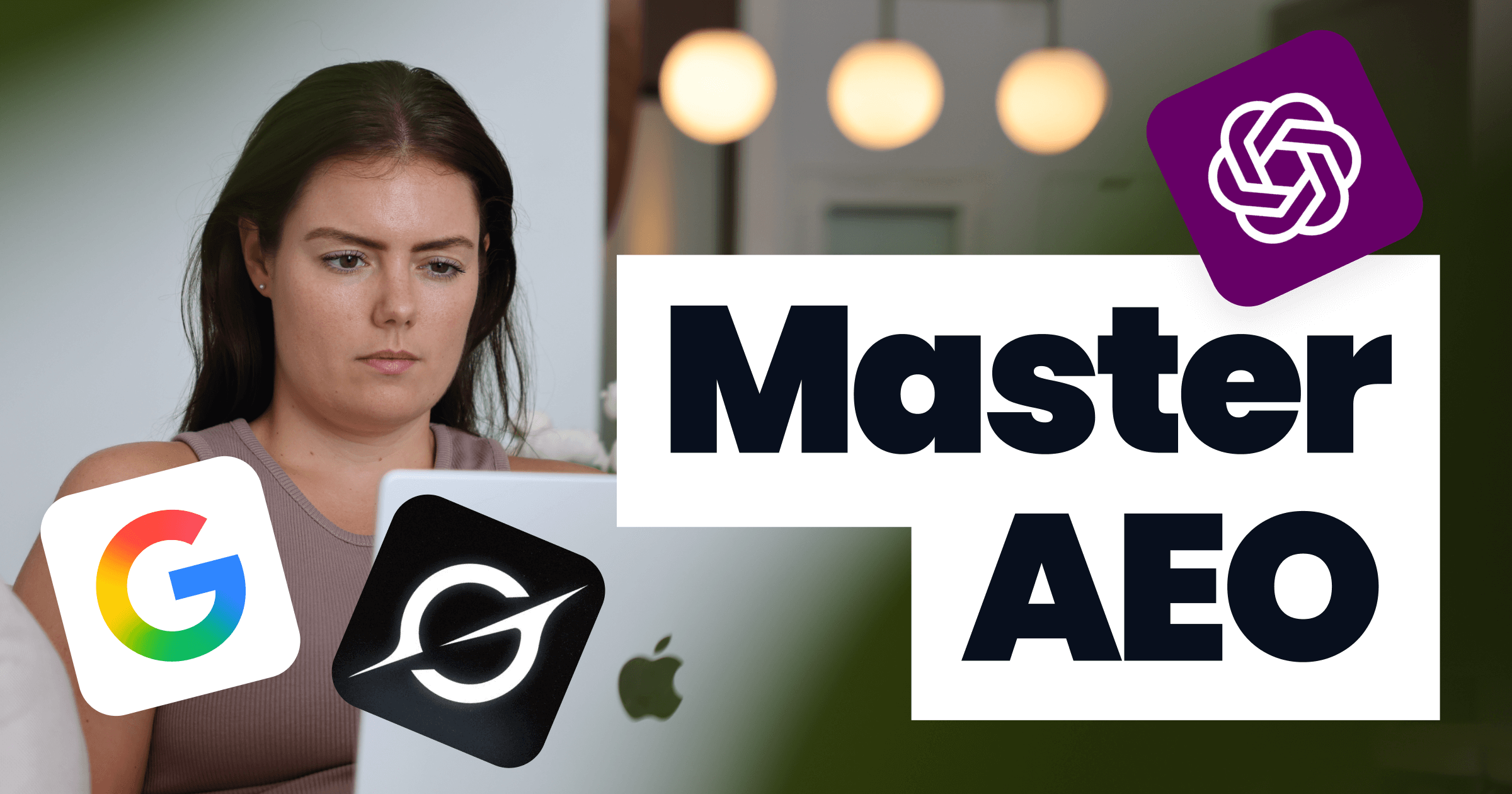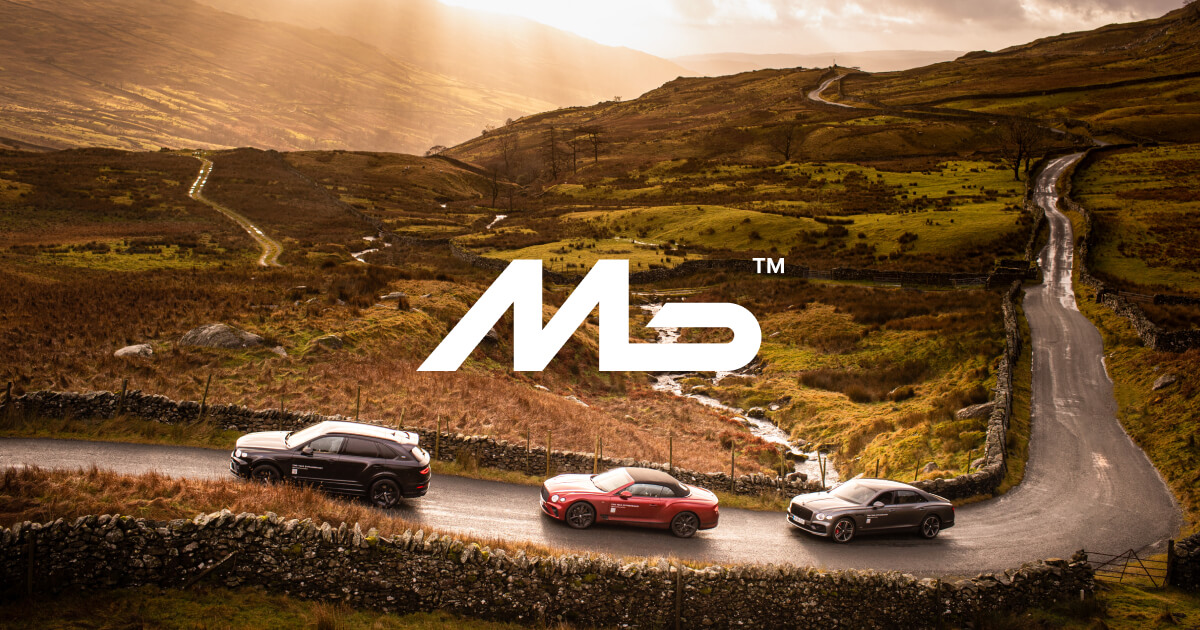
As designers, marketers and web developers who have been in the industry for decades, we’ve seen processes and best practices evolve to meet the ever-changing demands of the online world and to create the best possible end results for our clients.
It is easy to get caught up in the aesthetics of a webpage without considering the content that needs to go with it. We want nothing more than for a web page to be engaging and aesthetically pleasing, but this cannot come at the cost of the purpose of the website; the content within really is king!
This article will explore the concept of ‘Content-First Design’, why it is so important for designers to implement when creating a website, and how our team at Beyond work with clients using a content-first approach to create a desirable end product that is engaging, visually stunning and optimised for conversions.
*(Cue happy dance)*
What is content-first design?
Content-first design is not a new phenomenon. Designers began to implement content-first design back in 2008, but there are still so many designers and web developers who aren’t considering content in their planning or design phases.
Content-first design considers the brand or client's message way before any design begins; it is an approach whereby the content for your project determines the design of the site.
Ultimately, those who don’t plan with content first in mind will see the success of their projects suffer.

Designers and web developers must remember one crucial point - content is the reason for design. Consumers use the digital world to find interesting content. Of course the design element is absolutely necessary to help enhance content, making it more engaging, but without the content, the design is meaningless.
Why you need content-first design
If the definition alone isn’t enough to convince you to use a content-first approach, read on and allow us to enlighten you on the why’s and how’s, and the top five major benefits of adopting this approach.
Content-first and SEO
We’d all love to promise our clients that we are going to create a high-ranking and goal-smashing website for them, and adopting a content-first approach gives us a head-start on achieving exactly that.
By using a strategic, content-first approach, you will be able to carry out competitor research and keyword mapping to ensure that your website architecture matches the needs and desires of your client’s clients and ultimately improves your chances of creating a website that ranks. More on this later!
Use content to inform design
Proto-content (draft content used in the wireframing stage) allows the designer to see the scope of content on the web page before investing too much time into designing the individual elements.
It is extremely helpful to guide designers in designing the webpage around the content already placed to avoid having to come back and make changes to design if content is implemented at a later stage.
Knowing the scope of your client's content will also enable designers and marketers to create multiple templates and drafts that can be repurposed and reused in content marketing material such as social posts, blogs and new landing pages.
Communicating better across roles
When the designers, web developers, marketers and the client are all on the same page and communicate effectively regarding goals, audiences and topic ideas, the experience becomes a lot easier and runs much smoother for all those involved.
However, if you have a limited understanding of your client’s audience or the goal of their website or campaign, it is likely you won’t get it right the first time, wasting their time and yours!
Streamline processes to optimise budgets and timelines
Adopting a content-first approach to design means much fewer iterations later down the line. Having a clear and concise content plan upfront allows the whole team to pick up the following stages much more effortlessly.
As mentioned, content guides design, so if a web designer picks up wireframes that are already populated with content, they’re in a much better position to design graphics, source images, create icons and use brand elements appropriately since they know exactly what information needs to be portrayed through design.
This ensures projects progress in a timely manner, keeping on track with budgets and meeting deadlines.

What to consider for content-first design
The initial meetings with the client will be crucial, you want to be able to understand their brand goals, campaign goals and their overall tone of voice without having to ask too much of them.
When you have this information, you will be able to answer the three main questions that you need to consider when creating a content-first design strategy:
- What are the clients trying to communicate to their audience?
- What story are they hoping to tell?
- What actions are they hoping users will take on the site?
After these questions have been answered there are three more things to consider:
1. User experience
With the knowledge of who the audience is, ensure the user experience aligns with the audience profile. For example, add specific features, accessibility options, custom cursors, animations, and more.
2. Layout and design elements
With an understanding of the client’s goals and information on topic ideas you will be able to make decisions on the layout and specific design elements that work best to fit the content.
3. Marketing channels
The design must be consistent and compatible across all platforms and devices that the client uses. All web pages and social posts must be designed to convey a consistent message (and be user-friendly on mobile/handheld devices).
Benefits of content-first design
If you’ve read this far I think it’s safe to say we’ve managed to convince you that content-first design is going to do wonders for your business.
But if you’re not quite there yet, then here's a few additional benefits of implementing a content-first design strategy that you really can’t say no to!
Guides website structure
A content strategy helps to establish a hierarchy for your content, making it easy to rank the content in terms of its importance and where it should be placed on the page.
Sitemaps outline the website structure and help to organise pages and content. They make it easy to visualise the content hierarchy, enabling the designers, writers and developers to discuss what works best.
After a suitable content hierarchy is agreed upon, it becomes easier to develop or edit content and design layouts, displaying only what is necessary.
Helps storytelling
Storytelling is an important aspect of content-first design, as well as being a key marketing component. With the designers, writers and web developers working collaboratively it is possible to tell a story in four ways: written content, static design, motion and video.
Design storytelling is the use of website design elements such as animations, features, and layout to capture a reader's attention and provide information about the brand. However, storytelling through design isn’t enough to have an impact or even properly tell the story, it is essential to combine content storytelling with design to provide real meaning to the design.
Starting a website with the content before the design will enable designers to stay consistent and tell the same story through their designs and features.
A successful visual story should be relatable, believable and engaging, with 3 simple aspects:
- A clear narrative that is easy to follow
- Characters - hero, damsel in distress
- A solution that brings the reader back to the brand

Create consistency across the site
When elements of a website are built separately from one another, and with a lack of communication between the designers and the clients, there tends to be a lack of consistency on the site. A feeling of something being missing or not quite fitting together is not something you want to instil in a prospective customer visiting the website.
When using design focused methods the content gets drowned out, cut down, designs reshuffled or roughly redesigned with inconsistencies to the brand, and ultimately there isn’t a story being told because it is lost in all of the noise.
Content-first designs enable designers, writers and web developers to pull together all of the elements required and make them work in harmony with one another. Content and design should work together as a whole, not as two separate components.
Helps to streamline the process
When a project isn’t content focused, inevitably there will be inefficiencies accumulate throughout. The last thing a client wants is to have countless meetings back and forth discussing where the content should go, rejecting pieces because they’re too long or too short, asking for different imagery because the original idea doesn’t fit the design.
More often than not, designers waste time, resources (and essentially money) by having to revisit work multiple times. Leaving the content creation too late puts an unnecessary strain on all those involved in the creation and development of the website - so why make more work for yourself?
Content-first strategy avoids endless rounds of iteration. By starting the project with a clear set of information from the client, developing the content from there, then getting into the design, it cuts out the need for repetitive email threads or meetings between clients and designers, providing you with more time to focus on providing a great end result.
Content-first prioritises SEO
As briefly touched on, SEO goes hand-in-hand with a content-first approach. SEO increases organic visibility on search engines and is a crucial part of increasing brand awareness and creating a larger audience. It is used across all digital platforms to optimise posts, webpages and articles for search engines.
Content-first approaches are fantastic for prioritising SEO, regularly developing and posting relevant and quality online content is pivotal for SEO to be effective in ranking your websites well.
If your website doesn’t prioritise focusing on SEO during the earlier stages, you’re setting yourself up to go unnoticed in a highly saturated market. Using an SEO centralised approach alongside content-first design arranges the content for maximum optimisation - meaning that every post, article, picture or video posted onto the website will be optimised.
Working with a content-first design agency
We’ve been using a content-first approach to website design for many years.
Our proven process has produced hundreds of successful projects and campaigns for our clients, following 3 clear stages:
1. Getting to know our clients - we immerse ourselves in their world, understanding their brand voice and target audience
2. Undertaking competitor research - we take a look at what we’re up against from both an SEO standpoint and brand presentation, so we can blow them out of the water!
3. Crafting compelling content - we make a promise to proactively handle the entire content production process
Without proper explanation, the importance of content is easily dismissed, so making clients aware of how valuable it is for the success of a project is a crucial aspect of our collaboration.
Content-first goes further than web design, too. We support clients’ content marketing requirements by crafting an effective plan to discuss topics that align with their goals and values. From here, we design marketing materials that correlate with chosen topics and prove that a content-first strategy really is the most effective!

Just a heads up, some of the links in this article may be affiliate links, meaning we may make a small commission on any sign-ups or purchases for the tools we recommend.






































